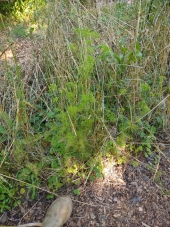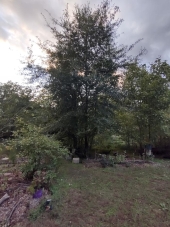posted 11 months ago
There's stuff that you mix as you need it, that the paint department in most hardware stores. You just add a little water at a time, and mix just until the texture matches the stuff you're repairing. It's not expensive to start with, it's a dry mix, and you only mix up the amount you need at a time, so there will be plenty to cover that and a lot more damage, in the future. I think it's mostly just gypsum.
"The only thing...more expensive than education is ignorance."~Ben Franklin. "We can easily forgive a child who is afraid of the dark; the real tragedy of life is when men are afraid of the light." ~ Plato










